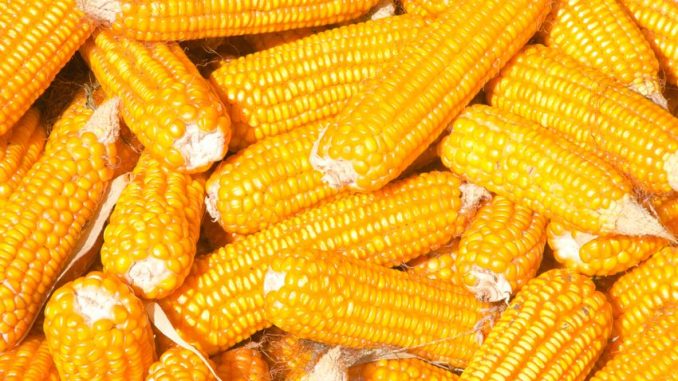
Corn or maize is used for the production of starch flour and starch. Thee are two processes commonly used on an industrial scale, wet-milling and dry milling. Wet milling has superseded dry milling but there are benefits to the latter process.
The dry milling of corn process can be further split into the traditional or non-degerming method or the more modern degerming method.
In the traditional process the whole kernel of corn is converted into a powder. There is no removal of germ or bran. The traditional process is probably the oldest processing method known and has been practiced for centuries by people ever since cereals and other foodstuffs containing starch were first grown. The extraction level for obtaining starch is 100% recovery (virtually).
The Modern milling method might also be called the Tempering degerming method. It’s processing intention is to remove all the germ and the hull of the corn but to recover the maximum amount of endosperm without leaving any dark materials.
The Modern Method
the corn is cleaned of detritus and dirt as in all wet-milling and dry-milling processes. Removal of any dirt at this stage makes processing much easier and prevents damage to the processing equipment.
The corn is conditioned by adding cold or hot water or with steam in two or three stages. The tempering is achieved between temperatures of 25ºC and 50ºC at each stage of this conditioning process. The optimum moisture content for a Beall Degermer is 21 to 25%MC. the water and heat is allowed to pass through the kernel at this stage.
The degermer section then releases the hull, the germ containing the starch and the tip cap. It leaves the endosperm containing the starch
The whole mix is dried then cooled. Between 15 and 18% of the germ is ground.
The remainder is fractionated through a series of roller mills and sifters. This removes the hull, bran as fibre and tip cap.
The remaining starch is dried and then packaged.
Leave a Reply